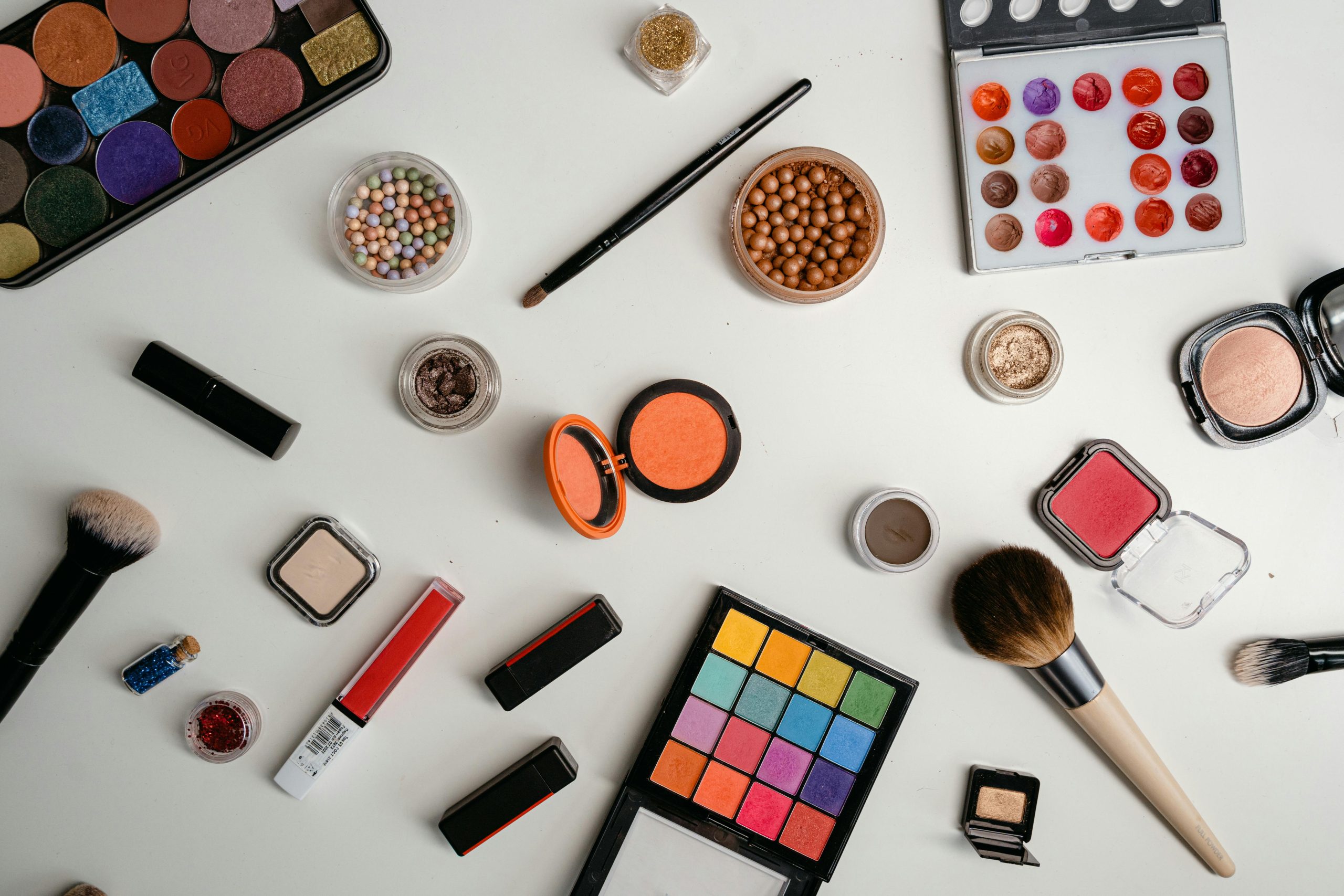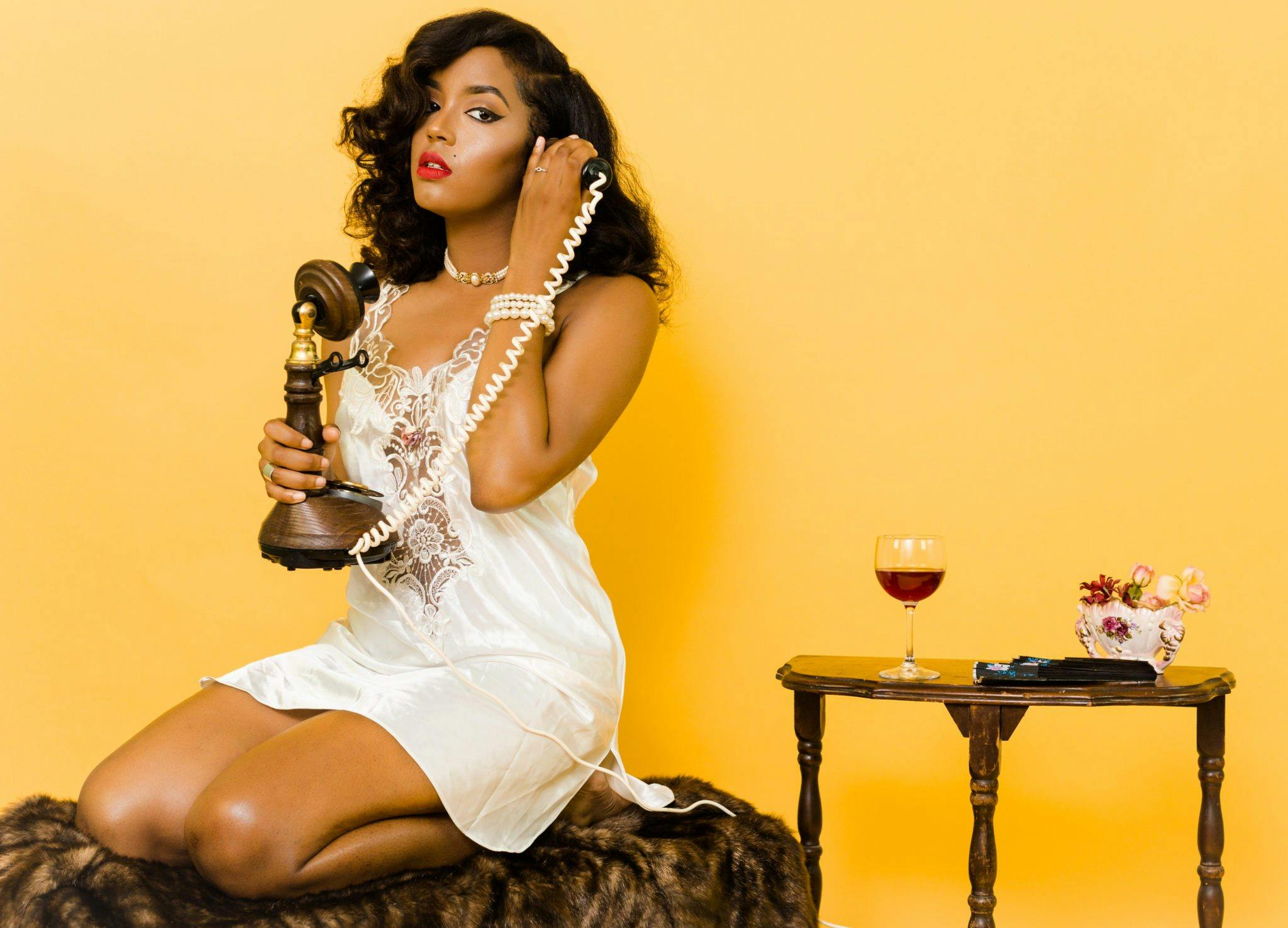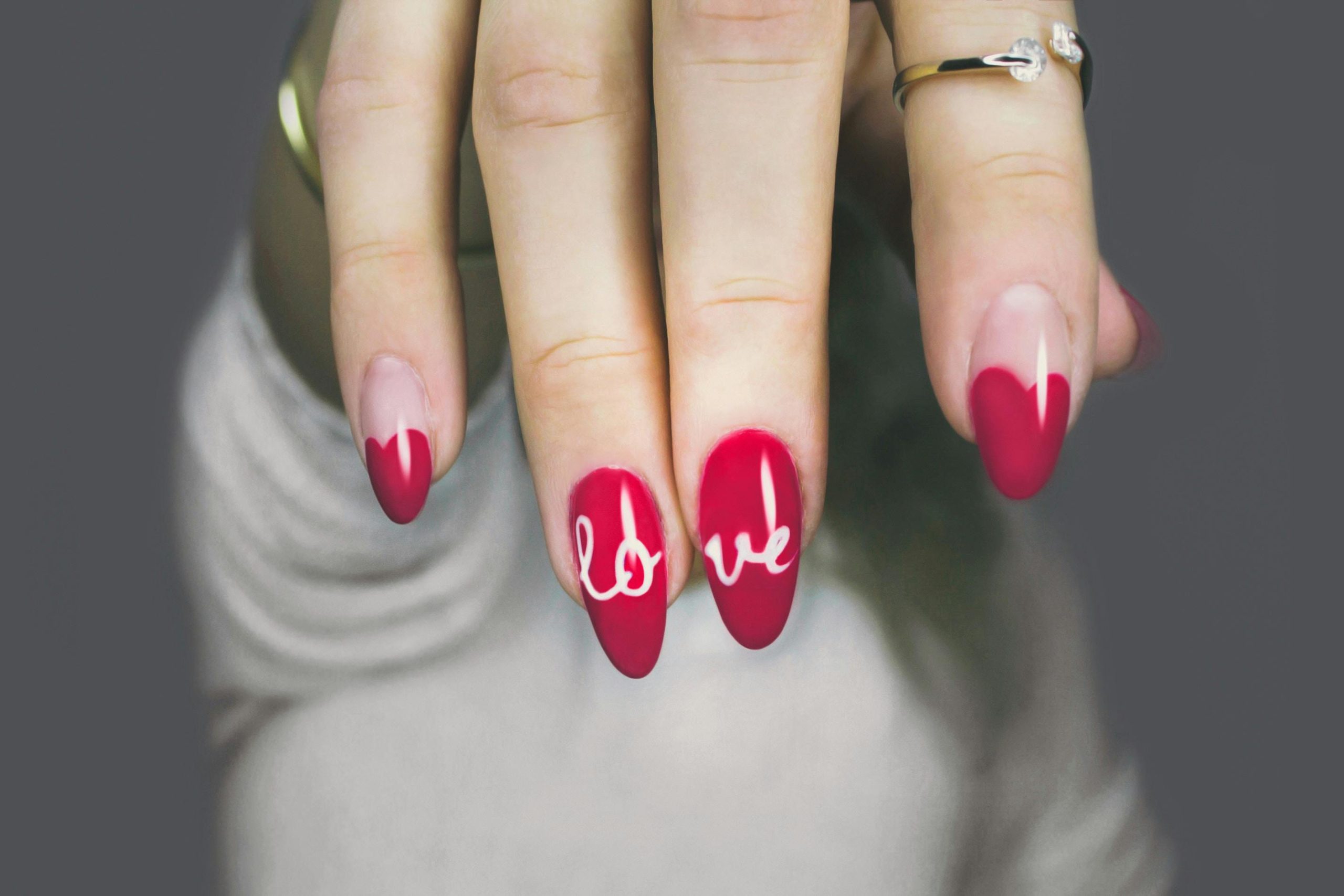What Actually Happens During Each Phase of Your Cycle, According to Viral Period Expert
When I got my first period at 12 years old, the extent of what I knew about my reproductive cycle was that I had a period for five days every month–and it was simply a terrible inconvenience; a curse women had to bear. I used the term “my cycle” to refer only to my menstrual phase, rather than a complex hormonal pattern I was living with every single day and affected my entire body. Sex Ed taught me how to use a tampon, not how my body needs different food, exercise, and care every day. I thought words like “ovulation” and “follicles” had no relevance to my life, and were only used in fertility doctors’ offices or by women who wanted to have a baby. I believed that the entirety of the reproductive cycle was something I could ignore until I wanted to get pregnant someday.
The “inconvenience” or “curse” that had been with me from middle school through all phases of adulthood thus far was a powerful blueprint to understand my body and what it needs–and it was entirely ignored. What took me over a decade to learn is that the female body is magic. Hormones and functions change throughout the body every second of every day to help you live, love, move, and feel as amazing as possible. Your reproductive system is doing miraculous things while you’re commuting to work, sweating at Pilates class, and sipping on prosecco at happy hour.
If you typically don’t care about the inner workings of your body, I urge you to reconsider. Besides giving us important information to be our healthiest, maybe if we knew the amazing complexity of how our bodies change daily, we’d focus less on how our bodies look and more on what they do. So I asked the internet’s favorite hormone expert, Alisa Vitti–who created the viral cycle syncing method you’ve likely seen all over TikTok–to simplify and educate on what actually happens during the reproductive cycle, and what you need to know to change your health. Welcome to the coolest biology class you’ll ever attend.
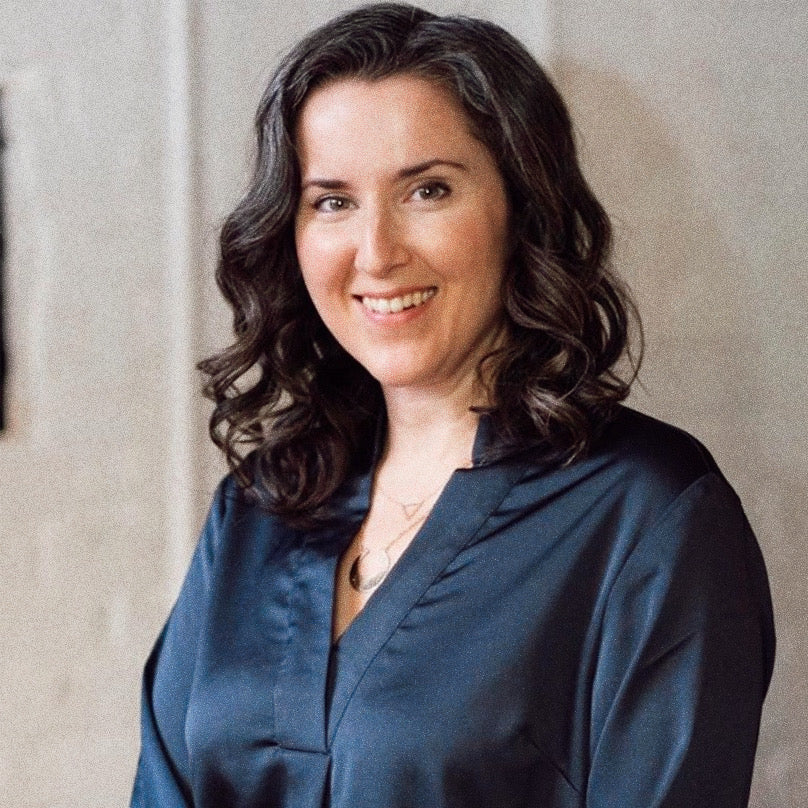
Alisa Vitti, Functional Nutrition and Women’s Hormone Expert
Alisa Vitti is the founder & CEO of FLO Living, creator of the viral Cycle Syncing Method®, and best-selling author of WomanCode and In the FLO. She has spoken about women’s hormones on stages such as TED to SXSW, and has been featured everywhere from The New York Times to Forbes to Vogue. Listen to Vitti on The Everygirl Podcast.
Why Does Knowing Which Phase I’m in Matter?
As I had been mistaken, the point of having healthy fertility is not just to be able to carry a healthy pregnancy (although that can be a great outcome if it is a goal of yours!). Egg quality, uterine lining, ovulation, healthy follicles, and fertility in general affect the rest of your body. “[The reproductive system] affects key systems of your body from the metabolism, brain, immune response, stress response, and libido,” Vitti explained. Healthy fertility is a healthy body. If you have period symptoms like mood swings, cramps, or irregularity, your period is the body’s fifth vital sign; period symptoms are an important way your body communicates something is wrong–likely the way you treated the body through the earlier phases of the cycle. “There should be no phase of your cycle where you feel bad,” Vitti said. “That is a cultural narrative based on myth, not science. If you feel bad or symptomatic in any phase, it’s due to mismanaging these phases with diet and lifestyle.”
Because your hormones are different during each phase, your body needs different things in each phase. “Your diet should look different throughout the cycle; different foods and daily calorie amounts,” Vitti emphasized. Same thing with exercise: “Exercise must change during the different cycle phases to support healthy hormone levels.” And if you are an Everygirl regular, you already know that there is so much more to health than diet and fitness, such as stress management, relationships, and pleasure. And yes, those things fluctuate with your cycle too: “Your sexual desire changes over the four phases of the cycle,” Vitti shared as an example. “Because we are not taught this, many women feel that something is wrong with their libido because it’s not the same all the time. It’s not meant to be.”
TL;DR If you have the same wellness routine every day, you need to read this.
“Maybe if we knew the amazing complexity of how our bodies change day by day, we’d focus less on how our bodies look and more on what they do.”
What Are the 4 Phases of the Menstrual Cycle?
Follicular Phase
What happens during your follicular phase: Once your period ends, the follicle-stimulating hormone (FSH) is released, signaling your body to start developing follicles (basically fluid-filled sacs where eggs can mature) in the ovaries. Vitti explains that estrogen levels start to lower at the beginning of this phase but consistently rise to prepare for a potential fertilized egg. By the end of the phase, the luteinizing hormone (LH) is also released to support the follicles. The metabolism slows down and resting cortisol levels are lower. In a healthy cycle, the follicular phase lasts for about 7-10 days.
What this means for you: Vitti shared that as estrogen levels rise, so do energy levels. You can do more (harder workouts, longer meetings, a busier social calendar) without feeling as depleted as you would during other phases. Because resting cortisol levels are lower and you have more energy, you can do cortisol-spiking workouts like cardio and HIIT without depleting hormones. Since your metabolism is slower, lots of fresh, raw fruits and veggies will help you feel your best.
Ovulatory Phase
What happens during your ovulatory phase: Another phase you may have heard about besides the menstrual phase is ovulation, or when the follicle ruptures and an egg is released from the ovary. Vitti explained that estrogen, FSH, LH, and testosterone all surge, and the lining of the uterus gets thicker (to prepare if the egg becomes fertilized). A healthy ovulatory phase lasts 3-4 days and occurs in the middle of your cycle.
What this means for you: Because of the hormone surge, you have peak energy levels. The hormone shifts during this phase activate the verbal and social areas of the brain, so you are at your most communicative and social (so pack on the social plans or save any networking events and big reviews during this time). The high testosterone levels also mean you may also have a higher libido and quicker sexual response. You may want to help your body begin to get rid of excess estrogen; eating high-fiber foods and cruciferous vegetables at this phase helps the body get rid of excess hormones.
Luteal Phase
What happens during your luteal phase: After ovulation and before your period, you’re in what’s called the luteal phase, named after the corpus luteum, which is a temporary collection of cells in the ovary formed during this phase. The job of the corpus luteum is to make the uterus a healthy place for a fetus to grow. Progesterone levels start to rise, and other hormones (estrogen and testosterone) continue to rise as well. Toward the end of the luteal phase, estrogen, testosterone, and progesterone peak and then begin to drop, hitting their lowest levels just before your period. Your metabolism will speed up during this phase while resting cortisol levels also increase.
What this means for you: Due to hormone levels, you will start to have less energy and be less inclined to be social as this phase goes on. But good news: The right hemisphere of the brain is more active during the luteal phase, which may help you be more detail-oriented and focused. Since energy is decreasing and resting cortisol is higher, high-intensity exercise may deplete hormones and cause excess cortisol, so Pilates, yoga, or walking during this phase is more beneficial. Since your metabolism speeds up, you need more calories and complex carbohydrates (think: whole grains and sweet potatoes). Vitti noted that if you have healthy hormone levels, you’ll feel calm and focused during the luteal phase. However, “Most women feel horrible during this phase due to estrogen overload and insufficient progesterone levels which can absolutely be corrected,” she advised.
Menstrual Phase
What happens during your menstrual phase: Now for the phase you are likely most familiar with: the menstrual phase (though it has many nicknames: “the crimson wave,” “shark week,” “Aunt Flo,” or what I called it in middle school, “my excuse for getting out of P.E.”). When the body realizes the egg is not fertilized, the uterus sheds the thick endometrial lining it has built up in the luteal phase (where the blood comes from). While you know that your period consists of bleeding, some other pretty cool things happen too: the corpus luteum dissolves and all hormones are at their lowest levels.
What this means for you: Vitti shared that since hormone levels are at their lowest, we feel our lowest energy levels and are inwardly focused (yes, your body needs “me-time” too). Keep your workouts lowkey (restorative yoga or gentle walking) and prioritize rest to support hormone levels. Eating plenty of protein and healthy fats also helps with your hormonal levels. Another cool part of this phase? The left and right hemispheres of your brain communicate the most during this time, meaning you may have better intuition and be better at reflection (read: it’s a good time for a life edit).
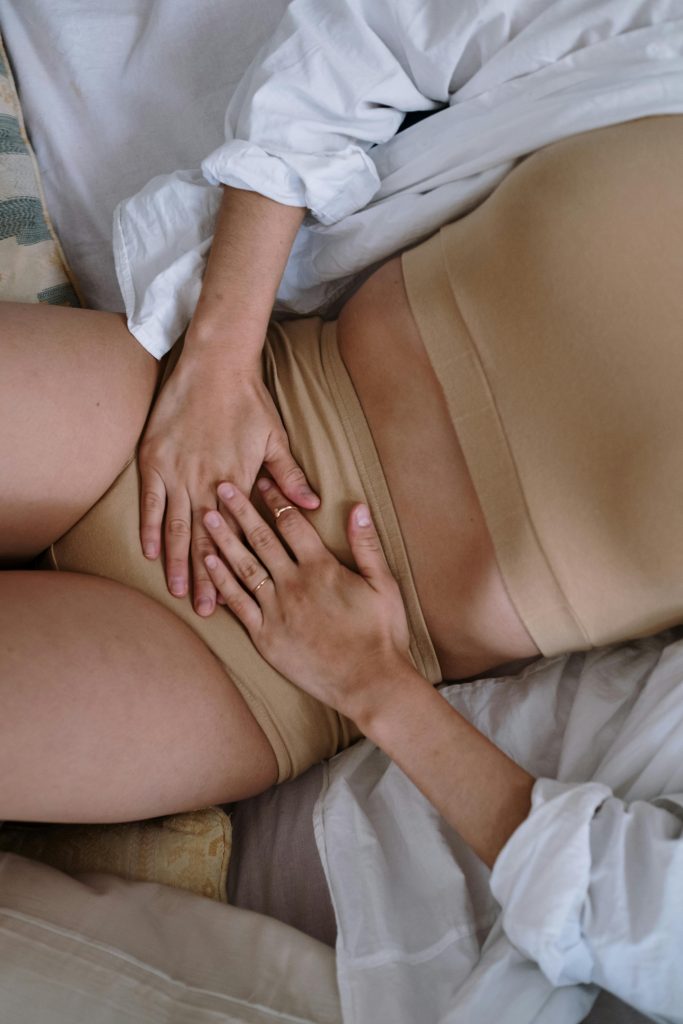
How Do I Know Which Phase of the Menstrual Cycle I’m In?
Identifying which phase you’re in can be the most difficult part, but there are many ways to keep track and simplify your life. It’s not always as simple as counting from your period (i.e. follicular is the seven days after your period ends, ovulatory phase is the next three days). You may have heard that the average cycle is 28 days long, but that does not mean your cycle is necessarily 28 days; a healthy, regular cycle ranges from 24-35 days (28 days is the average between this number range, not the most common cycle length), which is why there are ranges of days per phase.
Track with an app
You can use a period tracking app that determines phases based on cycle length and symptoms (I love Vitti’s app, MyFlo, which also gives you recommendations for every phase), but every body is different and may slightly vary in each phase’s length and overall cycle length, so going off of cycle length alone without any further data may not always be the most accurate.
Use your body’s cues
You can also use your body’s cues to signify what phase you’re in. The most obvious example is as soon as you start bleeding, you know you are in your menstrual phase, and the first day you stop bleeding, you are in your follicular phase. But many people with a reproductive cycle can also track their phases using their discharge (or cervical mucus). During the ovulatory phase, discharge is referred to as having an “egg white” consistency, or appears stretchy and clear. Many people also experience ovulation symptoms such as breast tenderness, cramping, or increased sex drive. Once you get used to consistently checking in with your body, you may also notice feeling higher energy and less hunger when you’re in follicular and ovulatory phases, or lower energy and more hunger/cravings during the luteal phase.
Track body temperature or use ovulation strips
For more accuracy (especially if you’re using tracking as a method of birth control), taking your daily temperature or using ovulation strips will give you a good reading of what phase you’re in. In a normal cycle, the body’s basal temperature will slightly rise during ovulation. You can use a method like Natural Cycles (an FDA-approved form of birth control, BTW) which has you take your temperature before getting out of bed every morning and identifies what cycle phase you are in (you can use an oral thermometer or I like to sync Natural Cycles with my Oura Ring, which automatically tracks my temperature every morning).
Ovulation strips work by detecting the LH surge to determine if you’re ovulating. You may have heard of ovulation strips as a fertility method, but they are also used as a birth control method (to know when to avoid sex or use condoms) and as a way to cycle sync (to know when you transition from follicular to ovulatory phase, and from ovulatory phase to luteal phase when you are no longer ovulating).
Please consult a doctor or a mental health professional before beginning or stopping any treatments, supplements, or medications. Always seek the advice of your physician or other qualified health provider with any questions you may have regarding a medical or mental health condition. Never disregard professional medical advice or delay in seeking it because of something you have read in this article.
The post What Actually Happens During Each Phase of Your Cycle, According to Viral Period Expert appeared first on The Everygirl.
